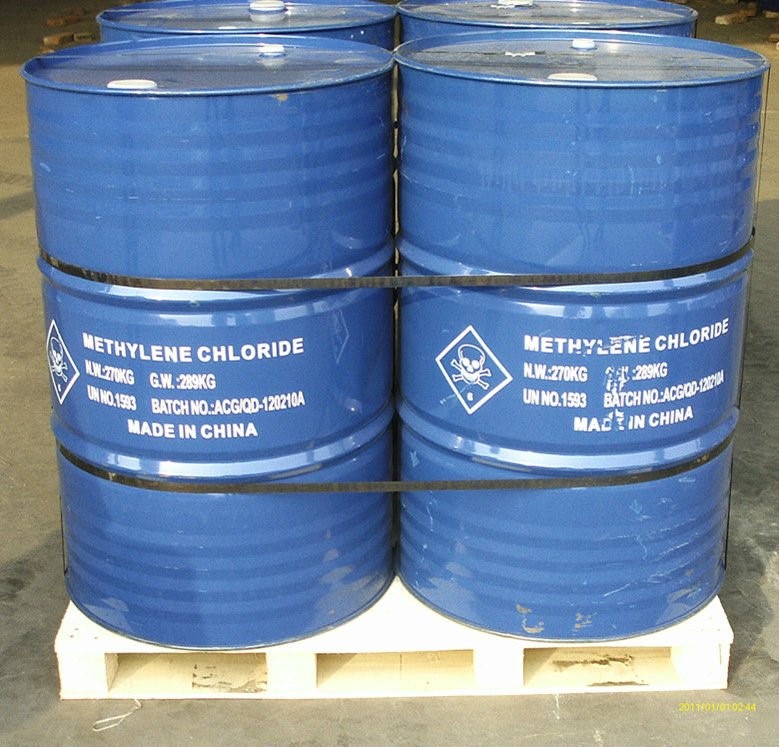The U.S. Environmental Protection Agency (EPA) has identified n-methylpyrrolidone (NMP) and methylene chloride for risk evaluation as part of its Toxic Substances Control Act (TSCA) Work Plan for Chemical Assessments. The Agency recently sent a proposal to restrict the use of these chemicals in paint coatings and strippers to the Office of Management and Budget for review. Today we will offer tips on how you can protect workers who handle methylene chloride in the workplace.
 |
Although the attempts to coordinate are often clumsy, these days it would be naïve to think that agencies act in silos. So, if the EPA has targeted methylene chloride for TSCA review, you can be sure that the Occupational Safety and Health Administration (OSHA) is also keeping an extra wary eye on the chemical, which is regulated by OSHA under 29 CFR 1910.1052. As a matter of fact, in a recent factsheet OSHA detailed how a worker died while using a paint remover that contained 85-90% methylene chloride to remove a bathtub coating.
Who’s Affected?
Although methylene chloride is most often used a s a solvent for stripping paint, refinishing furniture, metal cleaning and degreasing, it is also used as an extracting agent in certain pharmaceuticals such as antibiotics and vitamins. In addition, it is a blowing agent in polyurethane foams for beds and seat cushions.
If your facility is involved in any of these types of operations, there are steps you can take to reduce the possibility of exposure to methylene chloride.
Eight Key Steps to Prevent Exposure
Here are eight key steps employers can take to protect workers from methylene chloride exposure:
- Set off regulated areas that can be entered only by authorized workers equipped with air-supplied respirators and assigned to specific duties.
- Use engineering controls such as local exhaust ventilation (LEV) systems.
- Store methylene chloride in corrosion-resistant containers in ventilated areas that are cool, dry, and away from direct sunlight or heat sources.
- Develop a schedule to inspect methylene chloride containers regularly and a process for the immediate reporting of any leaks or rust.
- Establish work controls to ensure that workers take only as much as they need from a container and keep the containers closed when not in use.
- Train employees to review safety data sheets (SDSs) and read the labels before using methylene chloride.
- Schedule high-exposure operations when fewer employees are around.
- Provide proper personal protective equipment for workers who will be exposed to methylene chloride.
Common sense is usually involved in protecting workers from exposure to chemicals. However, it is tough to think of everything when considering all aspects of each chemical in your workplace. Safety.BLR.com can help you round out your safety and training programs with hundreds of tips, tools, and guidance documents.
